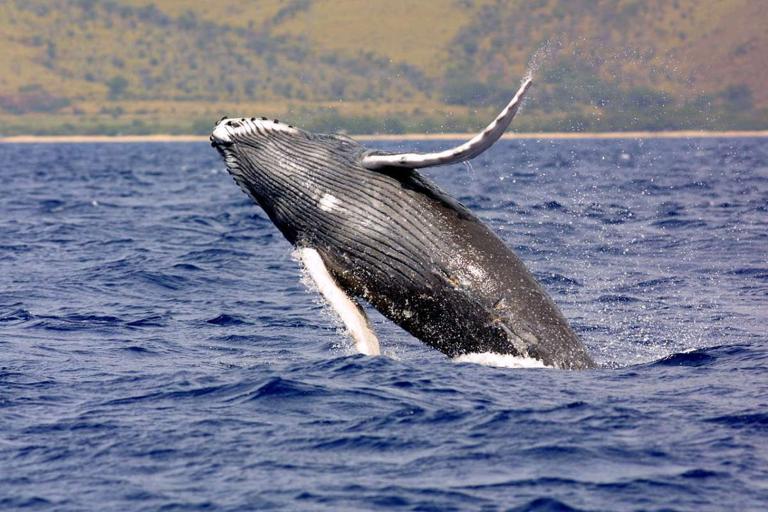Travel & Discovery
Whale Watching Season Peaks in Bay of Fundy
Nature enthusiasts are flocking to the Bay of Fundy as humpback whales arrive in large numbers, creating a seasonal tourism boom.

Each summer, the waters of the Bay of Fundy transform into a marine spectacle as humpback, fin, and minke whales breach the surface, thrilling visitors and marine biologists alike. This year’s whale watching season is proving to be one of the most active in recent memory, drawing crowds to the coastal towns of New Brunswick and Nova Scotia.
Operators in places like St. Andrews, Grand Manan, and Digby have reported a spike in bookings, with many tours filling up weeks in advance. 'We’ve seen more humpbacks this June than any time in the past five years,' said tour guide Melanie Cormier. 'They’re putting on a real show out there.'
Scientists attribute the surge to favorable ocean conditions and an abundance of krill and herring—key food sources for the migrating whales. Warmer waters have also brought earlier-than-usual sightings, creating a longer season that benefits both tourism and research.
Marine biologists from Dalhousie University and the Canadian Whale Institute are collaborating on a tagging program this summer. Using drones and acoustic buoys, they’re tracking individual whales to better understand migration patterns, breeding habits, and communication. 'Every breach tells us something,' said Dr. Antoine Duval, lead researcher.
For visitors, the experience is unforgettable. Tour boats equipped with hydrophones let guests hear whale songs in real time, while expert guides share stories about each species’ behavior and personality. Children often leave the boat with a new favorite animal—and a deeper appreciation for ocean conservation.
Whale watching has become a vital economic driver for coastal communities in the Bay of Fundy. Dozens of small businesses—from restaurants to B&Bs—rely on the influx of tourists each year. Local artisans have even begun selling whale-themed goods, adding cultural flavor to the experience.
But with popularity comes responsibility. Operators follow strict guidelines to minimize disturbance to the whales, including speed limits and distance regulations. The Marine Mammal Regulations Act enforces heavy penalties for those who violate these rules, ensuring the whales’ safety remains a top priority.
Environmental groups continue to advocate for expanded marine protected areas to give whales more safe feeding zones. With increasing maritime traffic and climate-related changes to the ocean, such protections are seen as essential for the species’ long-term survival.
The Bay of Fundy is already recognized as one of the best whale watching destinations in the world. Its dramatic tides—some of the highest on the planet—create nutrient-rich currents that sustain a diverse array of marine life, making it a natural magnet for whales and birdlife.
Whether it’s a once-in-a-lifetime vacation or an annual tradition, the whale watching experience offers something more profound than a photo op. It reconnects people with nature and highlights the delicate balance that sustains life in Canada’s eastern waters—a reminder that some of the greatest wonders lie just offshore.